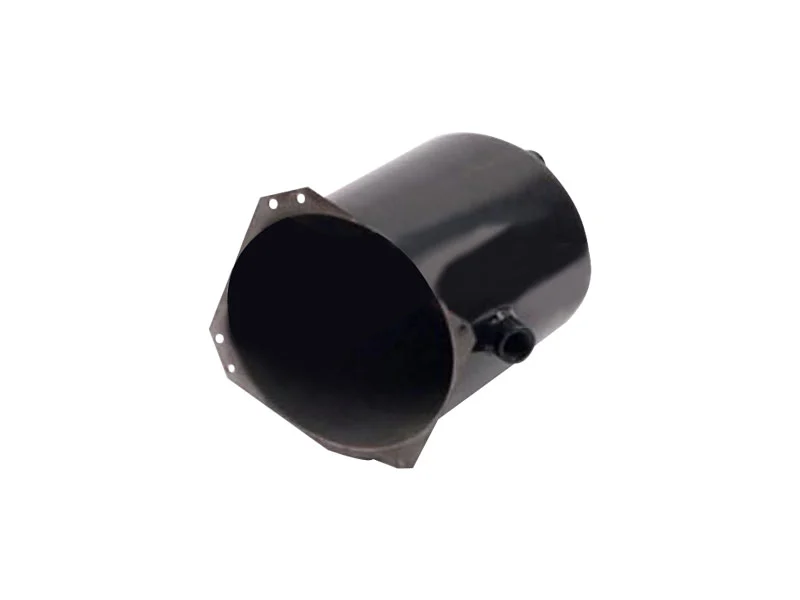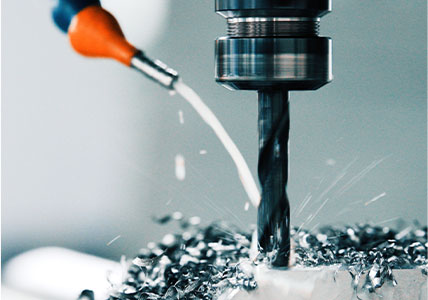

Custom Stamping Parts are metal parts that have been stamped with a specific shape, size, or design. These parts are often used in construction, automotive, medical, and other industrial applications. They are produced from a variety of materials, including aluminum, steel, brass, copper, and other metals. The process of stamping involves the use of a press to exert a certain amount of force onto a piece of metal, which shapes it into the desired shape. Custom Stamping Parts are typically used for applications where accuracy and consistency are required, as the high degree of precision achieved with this process ensures that each part is identical to the others.
Stamped parts processing includes punching, bending, deep drawing, forming, finishing and other processes. The materials used for stamping are mainly hot-rolled or cold-rolled (mainly cold-rolled) sheet metal materials, such as carbon steel sheets, alloy steel sheets, spring steel sheets, galvanized sheets, tin-plated sheets, stainless steel sheets, copper and copper alloy sheets, aluminum and aluminum alloy sheets, etc. Stamped parts are the most used in hardware processing, which refers to steel/nonferrous metal sheets that are formed into a specified shape by a press under room temperature conditions with a die that provides the required pressure for processing.
1. the design of stamping parts must be conducive to improving the utilization rate of metal materials, reducing the variety and specifications of materials, and reducing the consumption of materials as much as possible. If possible, low cost materials should be used to make the parts waste-free and waste less.
2. The designed stamping parts must be simple in shape and reasonable in structure, so as to simplify the structure of the mold and the number of processes, i.e. to complete the processing of the whole part with the least and simplest stamping process and reduce the processing by other methods, and to facilitate the stamping operation and the organization of mechanized and automatic production, so as to improve the labor productivity.
(3) The designed stamping parts must meet the use and technical performance of the products and be easy to assemble and repair.
(4) The designed stamping parts shall be conducive to the use of existing equipment, process equipment and process flow to process them as far as possible, and to the extension of the service life of the punching dies.
5. The stamping parts shall be designed in such a way that the dimensional accuracy level and surface roughness level are as low as possible under the condition that they can be used normally, and are conducive to the interchangeability of products, the reduction of scrap and the stability of product quality.
Let us be your resource to determine which manufacturing processes are right for your project. Start your project with a free quote.



